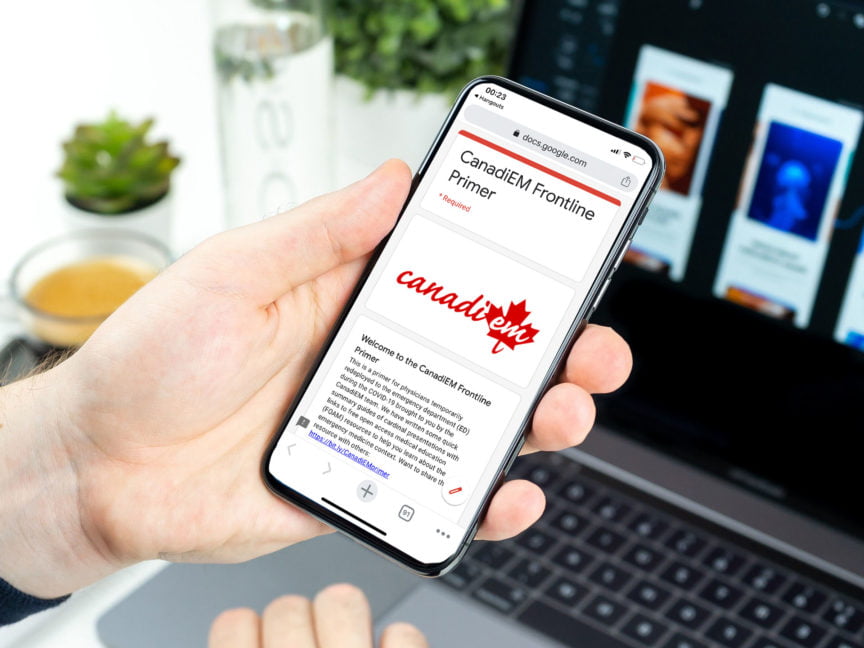Can’t Miss Diagnoses
- Intracranial Hemorrhage (ICH) – subarachnoid hemorrhage
- Traumatic ICH – Subdural hematoma, Epidural hematoma
- Increased ICP: Story of Shunt, malignancy, Cushing’s response
- Meningitis, Encephalitis
- Status Migrainosis
- Early COVID-19 may present with headache, myalgias (early viral symptoms)
- Cerebral Venous sinus thrombosis (CVST)
- Vascular: Temporal arteritis/Giant-Cell Arteritis, Carotid artery dissection
- Eye: Acute angle-closure glaucoma
- Carbon Monoxide (CO) poisoning
Mnemonic for Dangerous Headaches
BITE ME:
B – Bleed (SDH, EDH, SAH)
I – infection
T – Thrombosis
E – Eye
M – Mass, Migraine (Esp Status Migrainosis)
E – Environmental exposures (CO poisoning)
Non-Emergent but Common Headaches
- Migraine
- Trigeminal neuralgia
- Post-traumatic (concussive)
- Post-Lumbar Puncture Headache
- Sinusitis
- Cluster or Histamine Headaches
- Dental problems
- TMJ
- Tension Headache
- Cervical Strain
- Effort-dependent or coital headaches
Points to focus upon
Hx:
History of Trauma, Anticoagulation, Maximal intensity at onset, Fever, immunocompromised.
Px:
- Full neuro exam and reassess
- Vitals
- Check for signs of meningismus, temporal tenderness, Eye exam, signs of raised ICP
Remember to document the presence or absence of red flags and neuro findings.
Investigations
- CBC, BUN, Cr, Lytes, Glucose
- Consider INR/PTT (esp if on warfarin or DOACs)
Remember, diagnosis of EXCLUSION for benign causes.
Use CT Rules to guide the choice to get a CT Head if possible.
Clinical Decision Tools
- Canadian CT Head Rules
- PECARN head injury rule for children
- Ottawa Subarachnoid Rule
- “6-hour CT head for r/o SAH” rule – not an official rule, but mounting evidence

Management
ICH:
Management for ICH would usually involve Neurosurgery and/or admission.
Consider reversal of oral anticoagulation using human prothrombin complex (PCC) in consultation with hematology/thrombosis/Blood bank to your institution.
Specific reversal agents are also available, but consult your hematologists or local protocols for this.
ED Migraine Management:
In addition to acetaminophen and NSAIDs (e.g. Toradol 10mg IV x1), there is some evidence for the use of dopaminergic agents for the resolution of migraines, including but not limited to: metoclopramide (trade name: Maxeran), haloperidol (trade name:Haldol). The side effect to watch out for with both would be akasthesia which can be precipitated by either. [Pro-tip: The antidote for these akasthesias is IV diphenhydramine (i.e. Benedryl).]
Discharge Diagnoses to Educate About:
Migraine, Tension HA, Cluster HA, ENT referred pain
Patient Education Materials
- Alberta Health Services Choose Wisely Infographic: See Figure 1
- PECARN Education Card (by ALiEM-CanadiEM)
Recommended reading, videos, and podcasts
- Approach to: Headaches
- CRACKCast E020 – Headaches (General approach)
- CanadiEM MVP infographic – CT Head Rules Infographic
- CRACKCast E103 – Headache Disorders (Deeper dive)
- EMCases Headache Pearls and pitfalls
- Canadian CT Head Rule YouTube Video (featuring Dr. Stiell himself)
Also see “CanadiEM Frontline Primer – Trauma – Isolated Head Injury” for similar info.
The following is part of the CanadiEM Frontline Primer. An introduction to the primer can be found here. To return to the Primer content overview click here.
This post was copyedited and uploaded by Evan Formosa.



